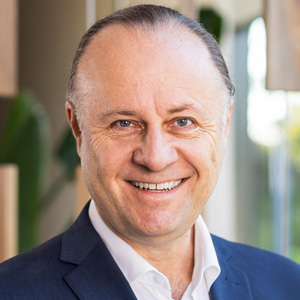Basic Eligibility
If you're living with well-managed diabetes and were wondering if you can now get life insurance, the simple answer is now 'Yes!'
Whether you have Type 1 or Type 2 diabetes, there are new rules for cover. Eligibility will depend upon an applicant being over age 20, diagnosed for under 10-15 years, and having good weight, blood pressure, and cholesterol management.
People over age 50 with a late-onset diabetes diagnosis are also eligible.
Why you need a specialist adviser to help you get life insurance
In reality, someone living with diabetes is still more likely to be turned down for life insurance by mainstream life insurers than someone who doesn't have this condition.
When you're offered coverage, you'll pay about the same premium as other people with pre-existing conditions such as cancer, certain kinds of heart conditions, or smokers.
We give you the best chance of success
- At Unusual Risks, we understand and track the detailed and ever-changing underwriting criteria and the medical requirements that insurers need to work with.
- We can present you in the most favourable light so that your chances of success are the highest.
- By understanding your health position before we make any recommendations or our advisor provides any advice we know what your outcome will be before any formal application is made.
- We use technology to help us anonymously pre-assess your medical position so that any potential difficulties can be dealt with — without the need to identify you and create a permanent record that might influence a future insurance application.
And we've been helping people just like you for over 20 years now.
Take our 60 second Pre-assessment here and see if we can work with you.
Diabetes is a chronic condition - this means that it lasts for a long time, often for someone's whole life.
There are two types of diabetes type 1 and type 2 so life insurance underwriting for diabetes varies for because they truly are two different diseases.
For our bodies to work properly we need to convert glucose (sugar) from food into energy. The hormone called insulin is essential for the conversion of glucose into energy.
- In people with diabetes, insulin is no longer produced or not produced in sufficient amounts by the body.
So when people with diabetes eat foods containing glucose, (such as bread, cereals, fruit and starchy vegetables, legumes, milk, yogurt and sweets) it can’t be converted into energy.
Instead of being turned into energy, the glucose stays in the blood. (Your blood glucose level is called glycemia). This is why blood glucose levels are higher in people with diabetes.
How serious is this?
Diabetes is listed in the top 10 leading causes of death in Australia. Diabetes and its complications both impact the life expectancy of an individual and can reduce life expectancy by 10 to 20 years.
How many people in Australia have diabetes?
The total number of Australians with diabetes and pre-diabetes is estimated to be approximately 3.5 million.
- About one in four Australian adults over the age of 25 years has either diabetes or impaired glucose metabolism.
About 900,000 Australians have been diagnosed with diabetes. For every person diagnosed, it is estimated that there is another person who is not yet diagnosed.
What to do?
If you or your loved ones have been diagnosed with diabetes, we believe it's important to get some protection in place soon as possible rather than wait until there are unplanned complications that might prevent you from getting insurance later.
Where to Now?
Continue your journey…
- Make sure you Browse through our Blog
- Have questions? See our Frequently Asked Questions
- Discover someone with a similar situation in our list of Case Studies
- When you're ready to know if we can work with you, take our Anonymous Pre-assessment
- Send us an Email or Jump the queue and Call for a Chat



















